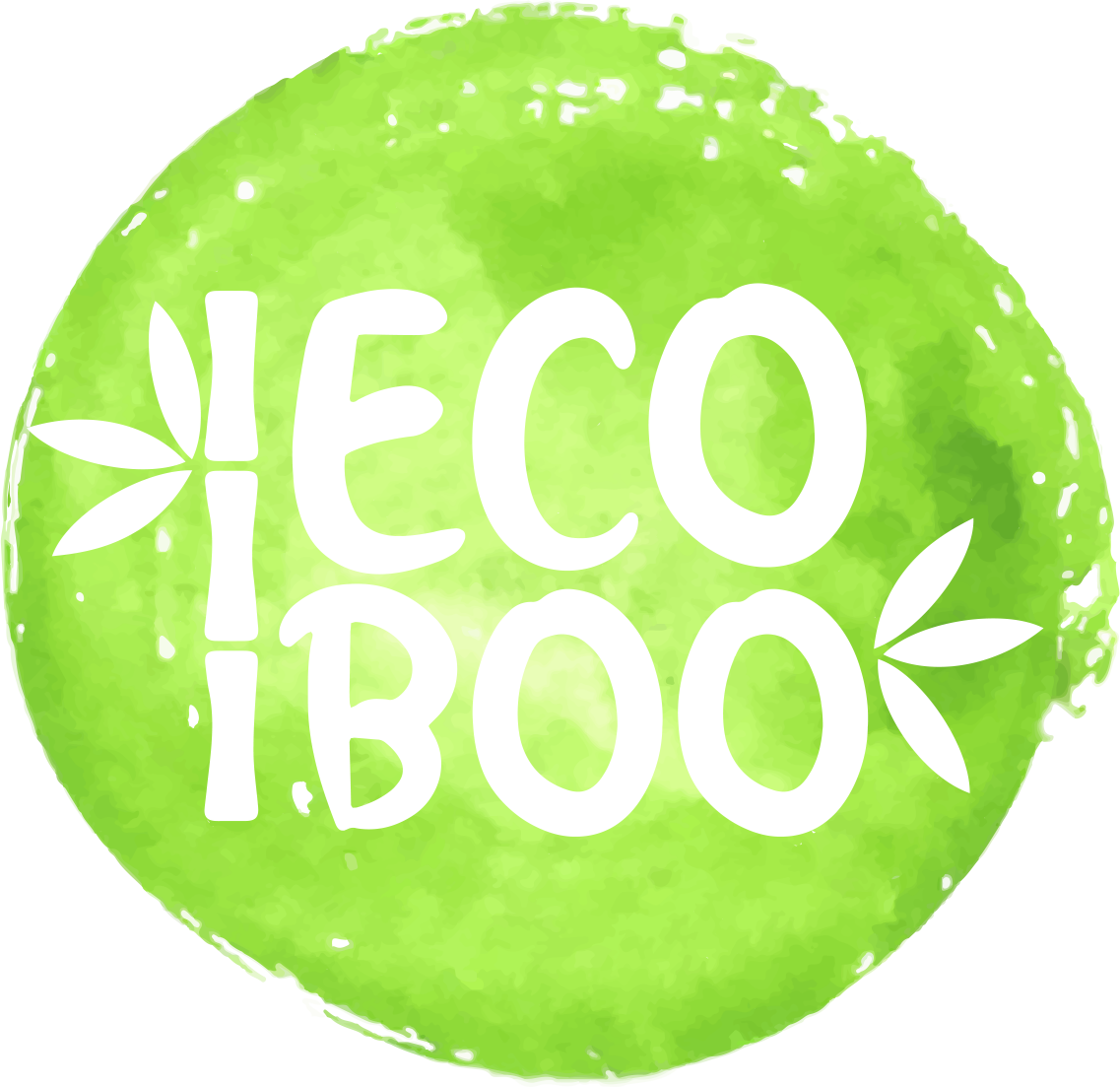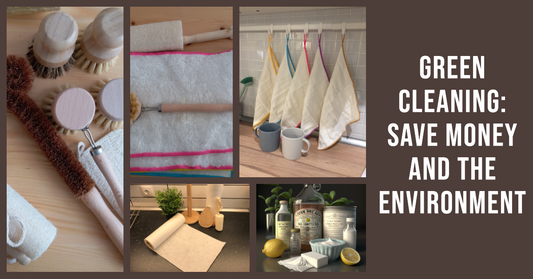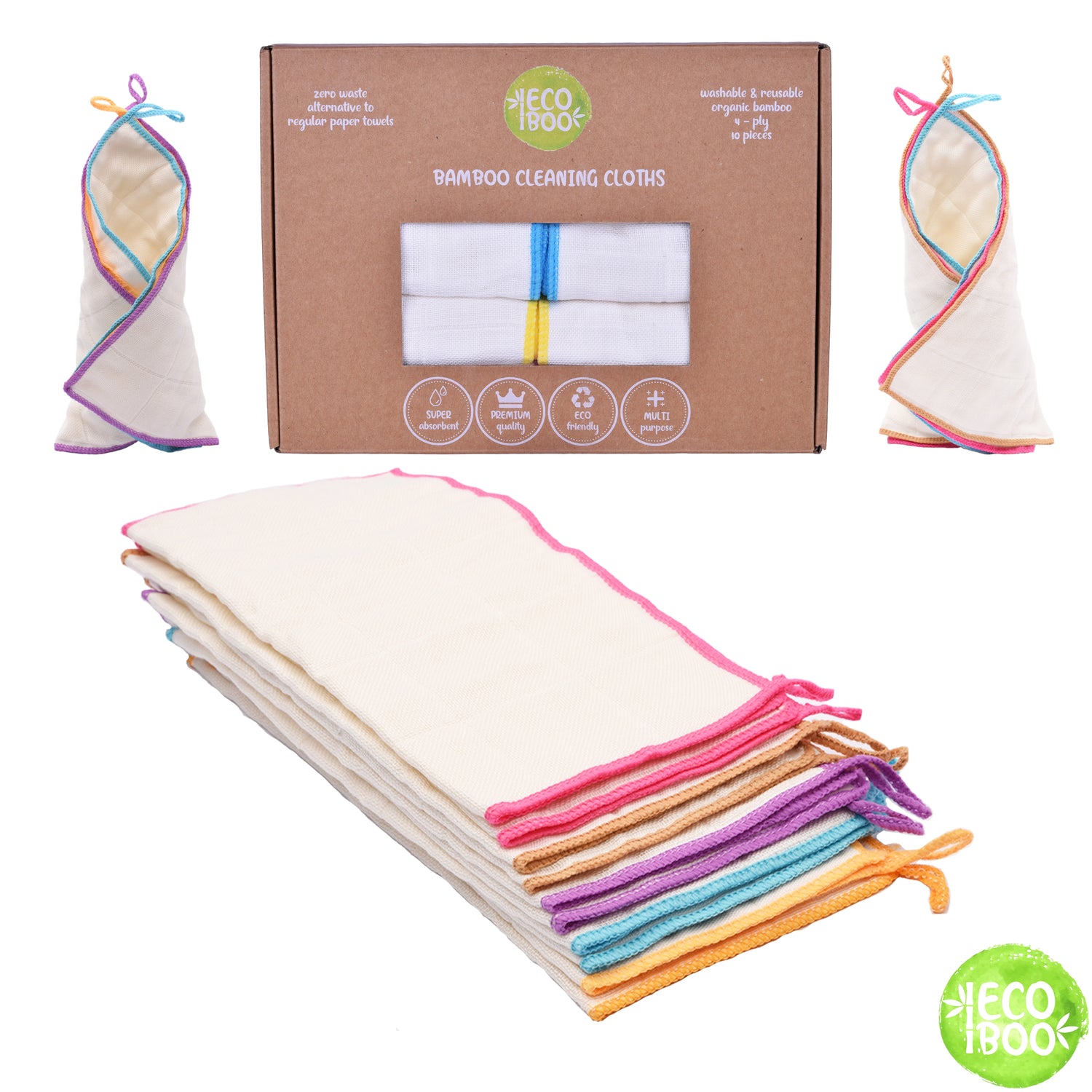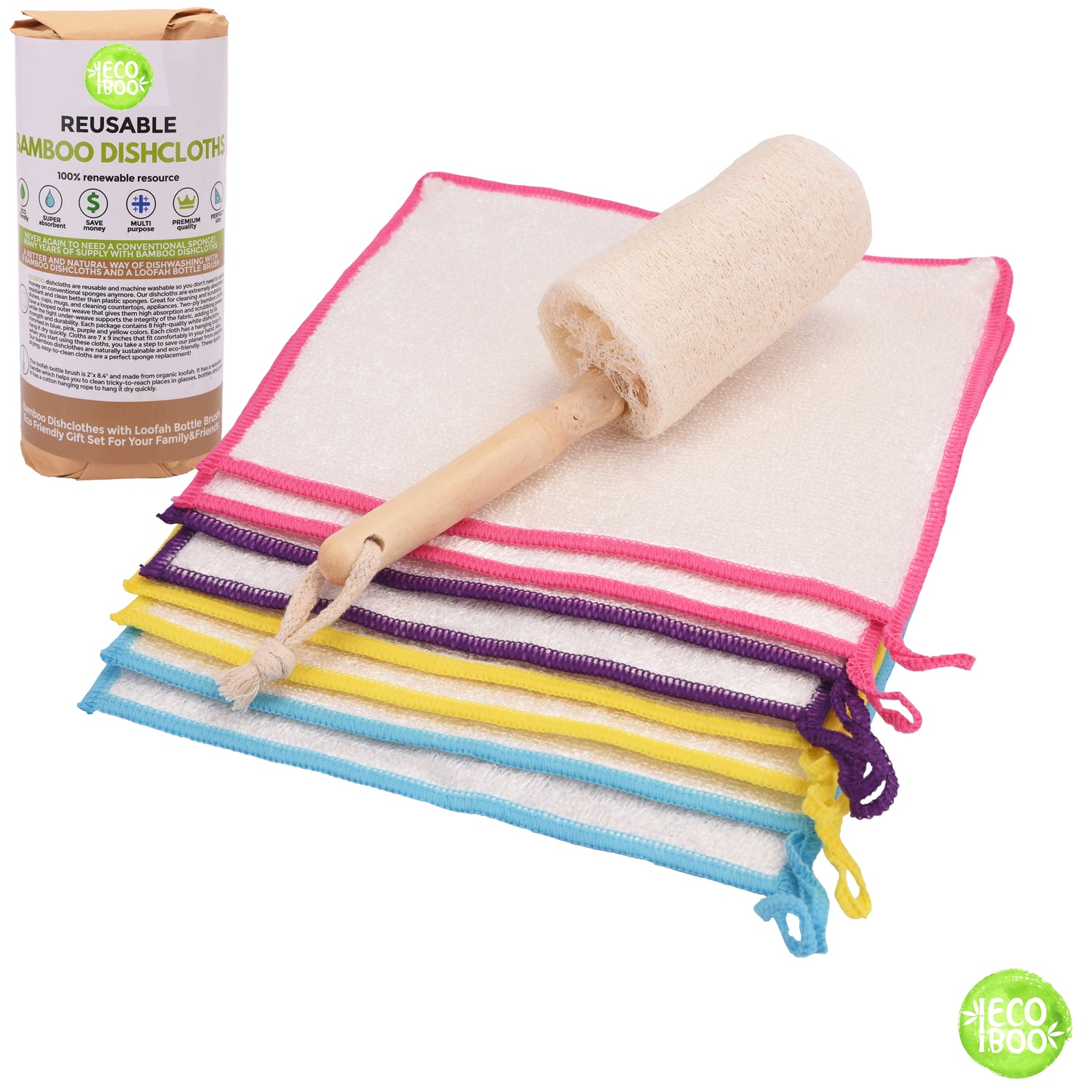Introduction
In the face of growing environmental concerns, many of us are looking for ways to reduce our ecological footprint.
One such method is through the use of reusable paper towels.
Unlike their disposable counterparts, reusable paper towels can be used multiple times, significantly reducing the amount of waste we produce.
In this blog post, we'll explore the lifecycle of a reusable paper towel, from its production to its eventual disposal, and discuss why this product is a key player in the move towards sustainable living.
The Production of Reusable Paper Towels
The journey of a reusable paper towel begins with its production.
Most reusable paper towels are made from natural materials like bamboo or cotton, both of which are renewable resources.
This means that they can be replanted and regrown after harvest, ensuring a continuous supply without depleting the earth's resources.
The production process starts with the harvesting of these raw materials.
For instance, bamboo is cut at the base, allowing it to regrow from its roots.
This is in stark contrast to trees used for traditional paper towels, which are cut down completely and take many years to regrow.
Once harvested, the raw materials are processed into fibers.
This involves a series of steps including retting (soaking to remove impurities), scutching (beating to separate the fibers), and heckling (combing to align the fibers).
These fibers are then spun into yarn and woven into fabric.
The fabric is then cut into sheets, which are reusable paper towels.
At Ecoboo, we ensure that our production process is as eco-friendly as possible, using sustainable farming practices and minimal processing.
While we've given a brief overview of the production process of reusable paper towels, it can be helpful to see this process in action.
The following video, titled 'How is Bamboo Fabric Made' by Bamboo Detective, provides an in-depth look at how bamboo, one of the primary materials used in our reusable paper towels, is transformed from a hardy plant into a soft, breathable fabric.
This insightful video will give you a better understanding of why bamboo is such an eco-friendly and versatile material. Let's watch:
The Use of Reusable Paper Towels
Once produced, reusable paper towels are ready for use.
They can be used in the same way as regular paper towels, perfect for cleaning up spills, wiping surfaces, and even drying hands.
However, the key difference lies in their reusability.
After use, they can be washed and reused multiple times, reducing the amount of waste generated.
To maximize the lifespan of your reusable paper towels, it's important to care for them properly.
This includes washing them regularly to remove dirt and bacteria, and avoiding the use of harsh chemicals that can degrade the fabric.
With proper care, reusable paper towels can last for several years, making them a cost-effective and environmentally friendly choice.
The Cleaning and Maintenance of Reusable Paper Towels

Cleaning and maintaining your reusable paper towels is a straightforward process.
Simply wash them in your washing machine with a mild detergent and then air dry.
Avoid using bleach or fabric softeners as these can damage the fabric and reduce its absorbency.
It's also a good idea to separate your reusable paper towels from items with zippers or hooks that could snag the fabric.
With proper care, reusable paper towels can last for several years.
This not only makes them a cost-effective choice but also reduces the demand for disposable paper towels, leading to less deforestation and pollution.
The Disposal of Reusable Paper Towels
When your reusable paper towels have reached the end of their lifespan, it's important to dispose of them responsibly.
Since they are made from natural materials, they are biodegradable and can be composted.
This means that they will break down over time, returning valuable nutrients to the soil and reducing the amount of waste sent to landfill.
To compost your reusable paper towels, simply cut them into small pieces and add them to your compost pile or bin.
Over time, they will decompose and turn into rich, nutritious compost that can be used to feed your plants.
The Environmental Impact of Reusable Paper Towels

The environmental impact of reusable paper towels is significantly less than that of regular paper towels.
They require fewer resources to produce, generate less waste, and can be composted at the end of their life.
By switching to reusable paper towels, you can reduce your carbon footprint and contribute to a more sustainable future.
You'll be saving trees, conserving water, and reducing pollution, all while saving money in the long run.
Frequently Asked Questions
- How long do reusable paper towels last? Reusable paper towels can last for several months to a year or more, depending on how frequently they are used and how well they are cared for. Some brands claim their reusable paper towels can last up to a year with proper care.
- How are reusable paper towels made? Reusable paper towels are typically made from natural fibers such as bamboo or cotton. The fibers are processed and woven into a fabric that is then cut into the size of a typical paper towel. The edges are often sewn to prevent fraying. Some reusable paper towels are also treated with natural compounds to enhance their absorbency.
- How do reusable paper towel rolls work? Reusable paper towel rolls work much like regular paper towel rolls. You can tear off a sheet when you need it. The difference is that instead of throwing the sheet away after use, you rinse it, let it dry, and it's ready to be used again.
- How are paper towels made step by step? Traditional paper towels are made from either virgin or recycled paper pulp which is extracted from wood or fiber crops. The pulp is then dried and rolled into a large roll, which is then cut into smaller rolls for consumer use.
- What is the process of making towels? The process of making reusable towels involves sourcing the raw material (like bamboo or cotton), processing it into a fabric, cutting the fabric into the desired size, and then finishing the edges to prevent fraying. Some towels may also be dyed or printed with designs.
- What is the science behind paper towels? The science behind paper towels involves the principles of capillary action and absorption. The small spaces in the fiber of the paper towel act as capillaries, which allows liquid to be drawn up against the force of gravity. The fibers of the paper towel also absorb liquid, which is why they can hold a significant amount of liquid relative to their size.
- How many trees does it take to make one roll of paper towels? It's estimated that about half a tree is used to produce a roll of paper towels. This is one of the reasons why switching to reusable paper towels is more environmentally friendly.
- How are paper towels recycled? Paper towels are typically not recyclable due to the fibers being too short to be useful in the recycling process. They are also often contaminated with food or other waste, which can contaminate recycling batches. However, paper towels can be composted in a home compost system.
Conclusion
The lifecycle of a reusable paper towel, from production to disposal, highlights the many environmental benefits of this sustainable product.
By choosing reusable paper towels, you are not only reducing waste but also supporting sustainable farming practices and reducing your carbon footprint.
So why not make the switch today?
Check out our range of reusable paper towels and start your journey towards a more sustainable lifestyle.
Remember, every small change can make a big difference.
By choosing reusable over disposable, we can all play a part in protecting our planet for future generations.






